Home>Technology>Home Entertainment Systems>How Does A Film Projector Work
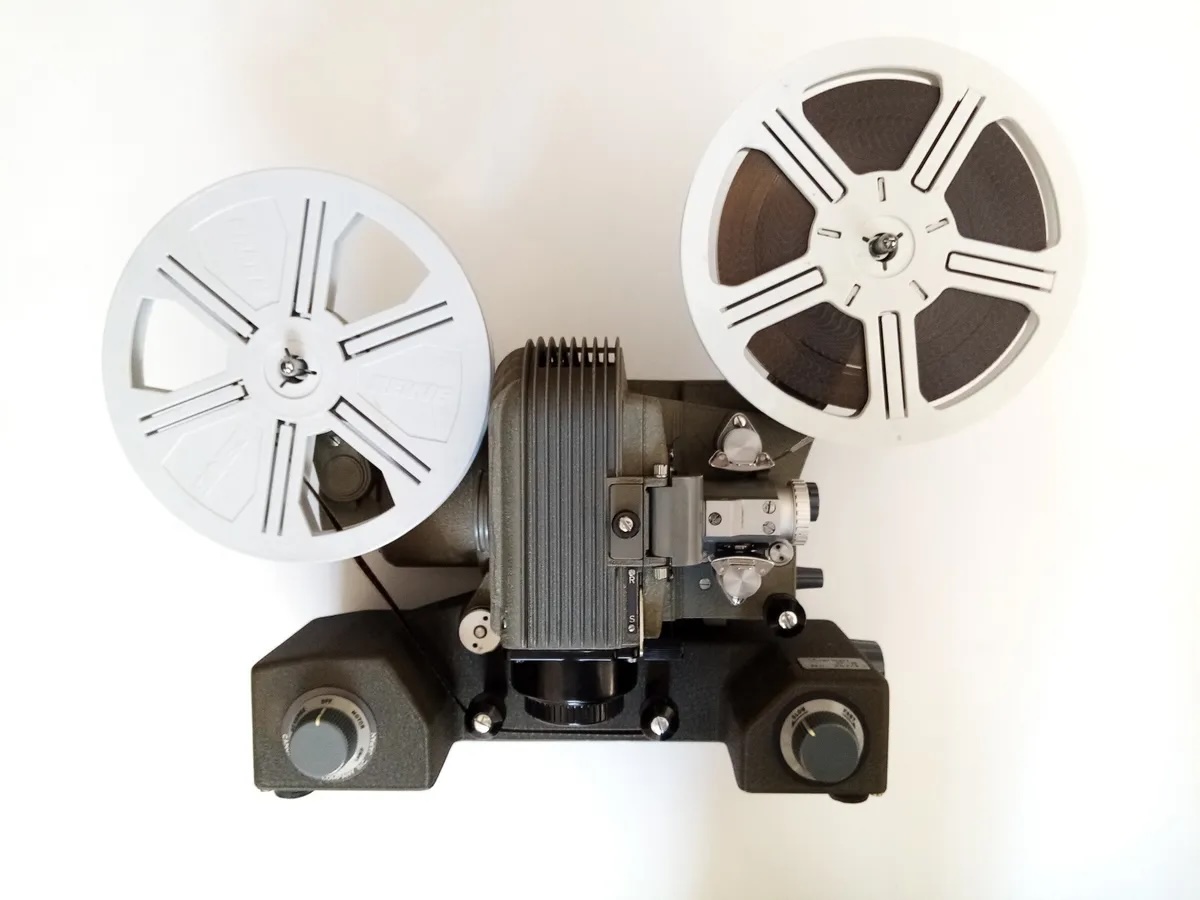

Home Entertainment Systems
How Does A Film Projector Work
Published: December 30, 2023
Discover how a film projector works and enhances your home entertainment system. Explore the technology behind this essential component for an immersive viewing experience.
(Many of the links in this article redirect to a specific reviewed product. Your purchase of these products through affiliate links helps to generate commission for Storables.com, at no extra cost. Learn more)
Introduction
Welcome to the world of home entertainment! If you’re a movie buff or simply enjoy the immersive experience of watching films on the big screen, you may have considered investing in a film projector for your home. Film projectors have a rich history and continue to hold a special place in the hearts of cinephiles and home theater enthusiasts.
In this article, we’ll delve into the fascinating realm of film projectors, exploring their history, components, and the magic behind their operation. Whether you’re a seasoned projector aficionado or a newcomer curious about the inner workings of these devices, join us on a captivating journey through the world of film projection.
Key Takeaways:
- Film projectors have a rich history, from the pioneering work of the Lumière brothers to the modern digital era. They offer a unique, nostalgic viewing experience that captivates cinephiles and home theater enthusiasts.
- While film projectors provide a nostalgic and immersive cinematic experience, they also come with logistical challenges and maintenance requirements. Their visual aesthetics and collector’s appeal make them a cherished artifact of cinematic history.
Read more: How Does A Projector Work?
History of Film Projectors
The history of film projectors is intertwined with the evolution of cinema itself. The concept of projecting moving images onto a screen dates back to the late 19th century, with inventors and visionaries striving to bring the magic of motion pictures to audiences.
One of the earliest pioneers in this field was Thomas Edison, who developed the Kinetoscope in the 1890s. This device allowed for the viewing of short films through a peephole, marking a significant advancement in visual entertainment. However, it was the Lumière brothers, Auguste and Louis, who achieved a breakthrough by creating the Cinématographe, a portable motion-picture camera, and projector. Their invention made its public debut in 1895, captivating audiences with the wonder of projected moving images.
As the art of filmmaking progressed, so did the technology behind projectors. The silent film era saw the rise of projectors capable of showcasing feature-length movies, captivating audiences in theaters around the world. The introduction of sound in films further spurred innovation in projector design, leading to the development of synchronized sound systems for a truly immersive cinematic experience.
Over the decades, advancements in film projector technology continued, with the introduction of color film projection, improved lamp and lens systems, and the transition to digital projection in the 21st century. Despite the rise of digital projectors, the allure of traditional film projectors persists, drawing enthusiasts who appreciate the nostalgic charm and distinctive visual quality they offer.
Today, film projectors remain cherished by cinephiles, collectors, and home theater connoisseurs who seek to capture the essence of classic cinema in the comfort of their own homes. The rich history of film projectors serves as a testament to the enduring appeal of projected motion pictures and the enduring legacy of this remarkable invention.
Components of a Film Projector
Understanding the intricate components that comprise a film projector is crucial to appreciating the artistry and engineering behind these captivating devices. A film projector is a meticulously crafted assembly of various elements, each playing a vital role in bringing the magic of cinema to life.
1. Film Reel System: At the heart of a film projector is the film reel system, which consists of reels that hold the film stock. The feed reel houses the film before it is threaded through the projector, while the take-up reel collects the film after it has been projected. This system ensures a smooth and continuous flow of film during the screening process.
2. Lamp Housing and Light Source: The lamp housing houses the light source, typically a high-intensity bulb, which provides the illumination necessary to project the images onto the screen. The brightness and clarity of the projected images depend on the quality and output of the light source.
3. Film Gate and Lens Assembly: The film gate is a critical component that precisely positions the film in front of the lens. It ensures that each frame is accurately projected onto the screen, maintaining the seamless flow of the moving images. The lens assembly, comprising high-quality lenses, focuses and magnifies the images, contributing to the clarity and sharpness of the projected visuals.
4. Sound System (Optional): In projectors equipped for sound, a dedicated sound system complements the visual presentation by reproducing synchronized audio, enhancing the overall cinematic experience. This may include speakers, amplifiers, and sound reproduction mechanisms that align with the projected images.
5. Mechanical and Optical Components: Beyond these fundamental elements, film projectors incorporate a myriad of mechanical and optical components, including sprockets, pulleys, shutter mechanisms, and film guides. These components work in harmony to transport the film through the projector, maintain proper tension, and ensure precise frame alignment for seamless projection.
Each of these components contributes to the seamless and mesmerizing operation of a film projector, underscoring the meticulous engineering and craftsmanship that defines these iconic devices. As we explore how a film projector works, the significance of these components in creating a captivating cinematic experience will become even more apparent.
How a Film Projector Works
Embarking on a cinematic journey with a film projector involves a symphony of precision and artistry, where each component harmonizes to bring the magic of motion pictures to life. Let’s unravel the captivating process through which a film projector operates, captivating audiences with its timeless allure.
1. Film Loading and Thread-up: The cinematic spectacle begins with the careful loading of the film onto the feed reel. The film is then threaded through the projector, passing through the film gate and positioning itself for projection. This meticulous process ensures that the film flows seamlessly, frame by frame, through the projector’s intricate mechanisms.
2. Illumination and Projection: As the film advances, the light source within the projector’s lamp housing ignites, casting a luminous beam onto the individual frames of the film. The images captured on the film are then projected through the lens assembly, where they are magnified and focused to form a coherent and vivid display on the screen.
3. Frame-by-Frame Advancement: The film’s perforations are engaged by sprockets and pulleys within the projector, facilitating the precise and steady movement of the film through the gate. This mechanism ensures that each frame is meticulously positioned and presented in rapid succession, creating the illusion of continuous motion on the screen.
4. Synchronized Sound (If Applicable): For projectors equipped with sound capabilities, the synchronized audio enhances the visual presentation, enveloping the audience in a multisensory cinematic experience. The sound system reproduces the accompanying audio track, aligning it seamlessly with the projected images to create a captivating fusion of sight and sound.
5. Shutter Mechanism: A crucial element in the projection process, the shutter mechanism ensures that the transition between individual frames is seamless and imperceptible to the viewer. By momentarily obstructing the light path during frame advancement, the shutter maintains the illusion of continuous motion, contributing to the fluidity and realism of the projected images.
6. Take-Up Reel and Film Collection: As the film completes its mesmerizing journey through the projector, it is collected on the take-up reel, ready to be rewound and preserved for future screenings. This final stage ensures that the film is carefully wound and stored, ready to captivate audiences once again at a future cinematic spectacle.
The mesmerizing operation of a film projector embodies a captivating blend of engineering precision and artistic expression, culminating in a timeless cinematic experience that continues to enchant audiences around the world. The seamless interplay of its components and mechanisms underscores the enduring allure of traditional film projection, inviting viewers to immerse themselves in the magic of motion pictures.
A film projector works by using a light source to shine through a film reel, which then passes through a lens to project the images onto a screen. The film is pulled through the projector by sprockets, creating the illusion of motion.
Advantages and Disadvantages of Film Projectors
As with any technology, film projectors boast unique advantages and face certain limitations, each contributing to their distinct appeal and considering factors for potential users. Let’s explore the compelling advantages and the inherent challenges associated with traditional film projectors, shedding light on their enduring legacy in the realm of home entertainment.
Read more: How Does A DLP Projector Work
Advantages:
- Nostalgic Charm: Film projectors evoke a sense of nostalgia and authenticity, transporting viewers to a bygone era of classic cinema. The warm, flickering glow of projected film and the distinctive whirring sound create an immersive and nostalgic viewing experience.
- Visual Aesthetics: Traditional film projection offers a unique visual quality, characterized by its organic and textured appearance. The inherent grain and warmth of celluloid film contribute to a distinct cinematic allure, appealing to enthusiasts who appreciate the artistry of analog film presentation.
- Cinematic Experience: The process of operating a film projector and witnessing the mesmerizing interplay of light and shadow fosters a deeper appreciation for the art of cinema. For cinephiles and home theater enthusiasts, the ritual of screening films on a projector adds an element of ceremony and reverence to the viewing experience.
- Collector’s Appeal: Film projectors and celluloid film reels hold significant value for collectors and enthusiasts, serving as cherished artifacts of cinematic history. The tangible and tactile nature of film reels and the mechanical elegance of projectors contribute to their enduring appeal as collectible items.
Disadvantages:
- Logistical Complexity: Operating a traditional film projector requires meticulous handling of film reels, threading, and maintenance, presenting logistical challenges that may deter casual users seeking a more streamlined viewing experience.
- Limited Availability of Film Prints: Acquiring and accessing celluloid film prints, especially for contemporary releases, can be a challenging endeavor due to the widespread adoption of digital cinema. This limitation may restrict the selection of films available for projection.
- Maintenance and Upkeep: Film projectors necessitate regular maintenance, including the cleaning of film path components, bulb replacement, and calibration to ensure optimal performance. This ongoing upkeep demands a level of commitment and technical expertise.
- Cost and Accessibility: Acquiring a high-quality film projector and sourcing film prints can be a costly endeavor, limiting the accessibility of traditional projection for casual home entertainment enthusiasts.
While film projectors embody a captivating blend of nostalgia, craftsmanship, and visual allure, they also present practical considerations and operational intricacies that influence their suitability for modern home entertainment setups. By weighing these advantages and disadvantages, enthusiasts can make informed decisions regarding the integration of film projection into their cinematic pursuits.
Conclusion
Delving into the world of film projectors unveils a captivating tapestry of history, craftsmanship, and cinematic enchantment. From the pioneering innovations of the Lumière brothers to the enduring allure of traditional film projection, the legacy of film projectors continues to resonate with enthusiasts and connoisseurs of classic cinema.
While the advent of digital technology has transformed the landscape of home entertainment, the timeless appeal of film projectors endures, offering a distinct and immersive viewing experience that transcends mere visual presentation. The nostalgic charm, visual aesthetics, and ceremonial ritual of operating a film projector evoke an unparalleled sense of cinematic nostalgia, inviting audiences to relish the magic of motion pictures in its purest form.
As we navigate the ever-evolving realm of home entertainment, it is essential to recognize the enduring value of traditional film projectors, celebrating their role in preserving the artistry and heritage of analog cinema. Whether as cherished collectibles, revered artifacts of cinematic history, or functional devices for immersive home theater setups, film projectors continue to captivate and inspire, enriching the tapestry of cinematic experiences for generations to come.
So, whether you are a seasoned cinephile seeking to recreate the magic of classic cinema in your home or an enthusiast drawn to the allure of analog film projection, the timeless appeal of film projectors beckons, inviting you to embark on a mesmerizing journey through the art and enchantment of traditional cinematic presentation.
Frequently Asked Questions about How Does A Film Projector Work
Was this page helpful?
At Storables.com, we guarantee accurate and reliable information. Our content, validated by Expert Board Contributors, is crafted following stringent Editorial Policies. We're committed to providing you with well-researched, expert-backed insights for all your informational needs.
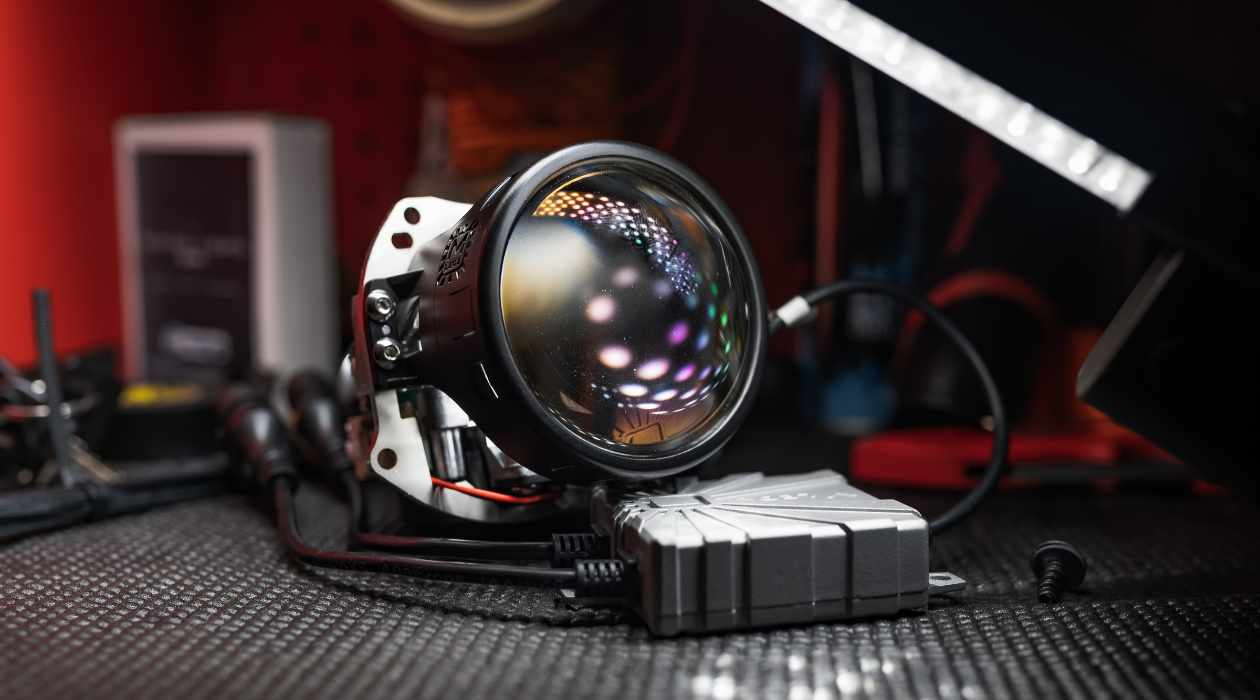
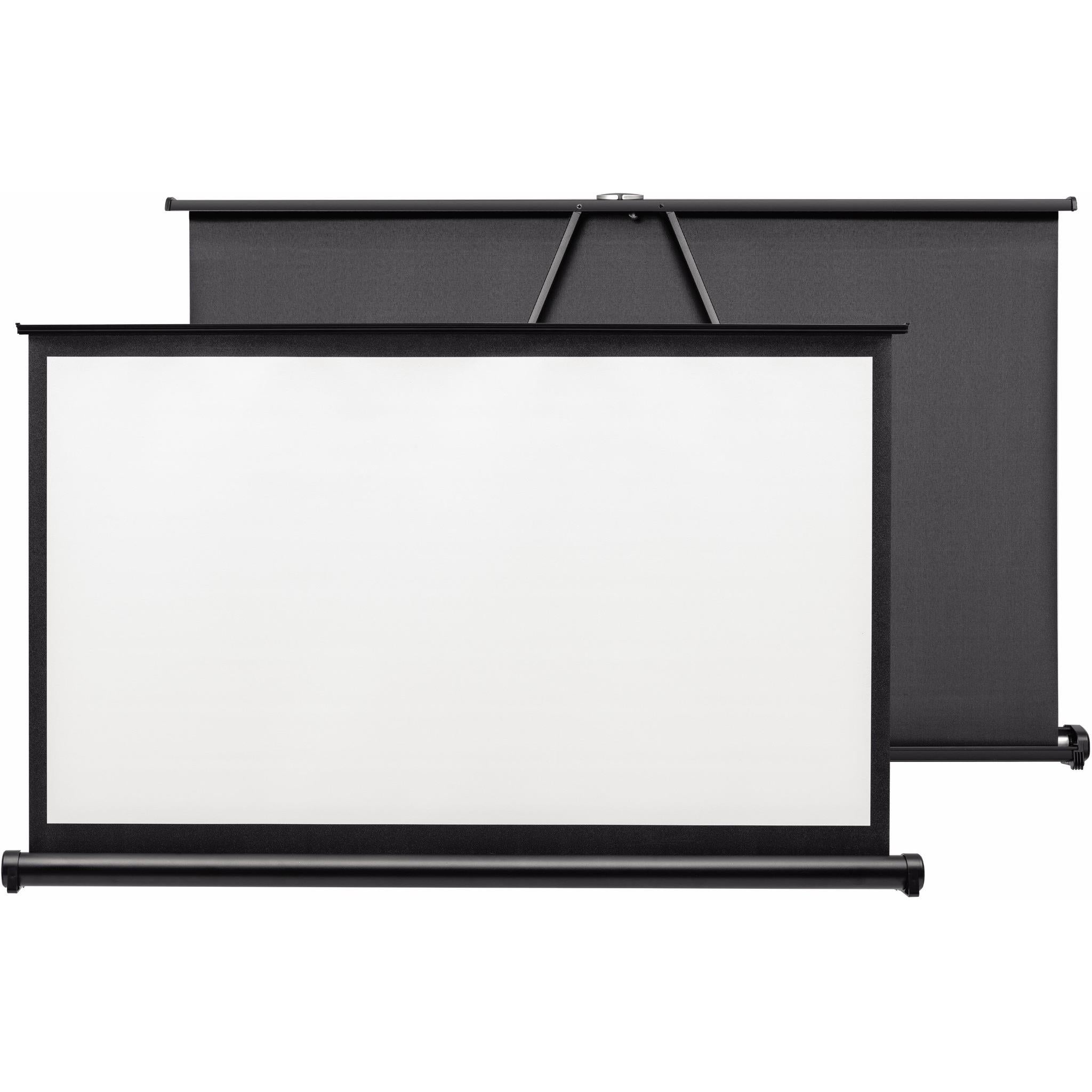
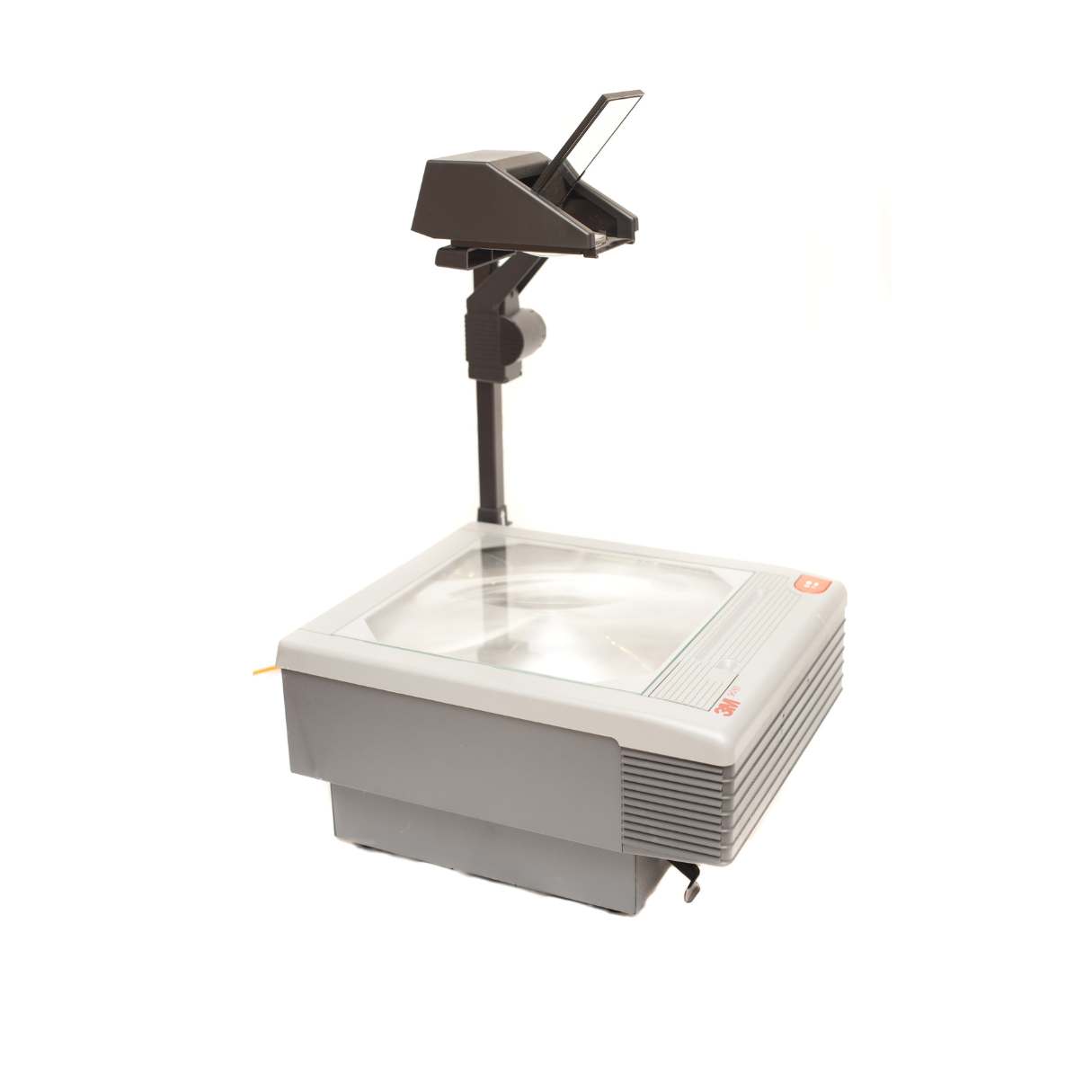
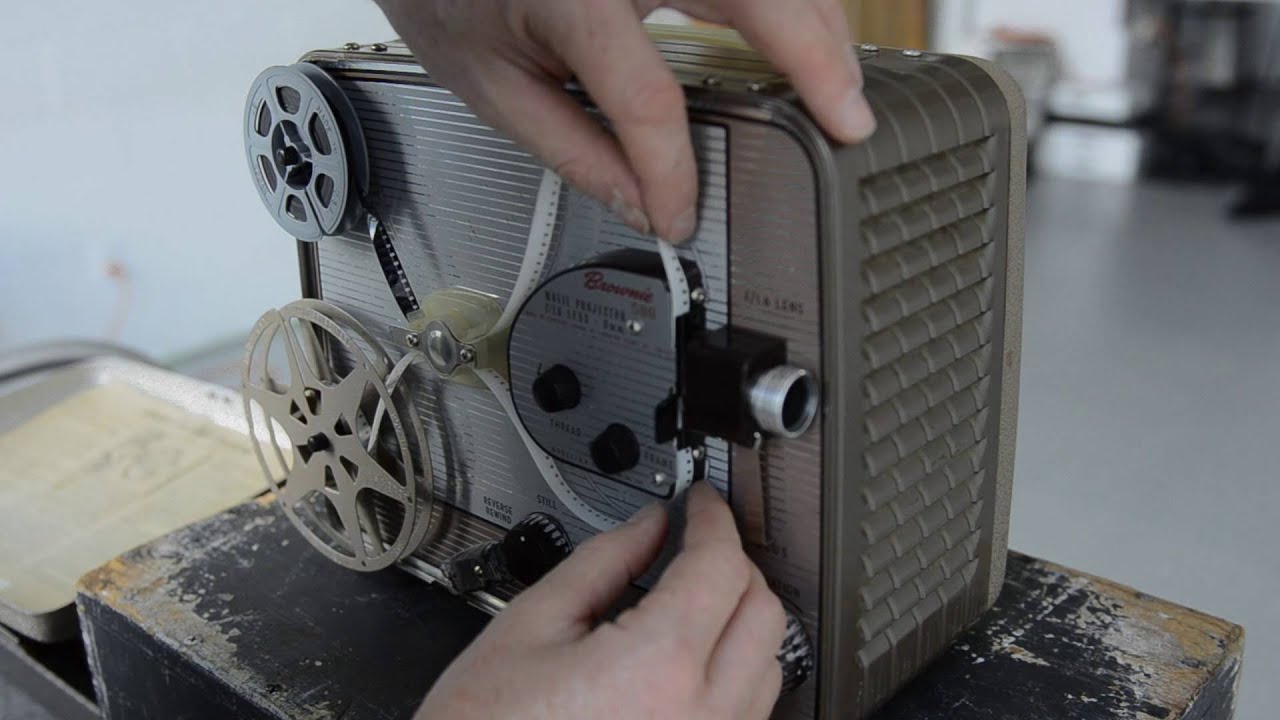
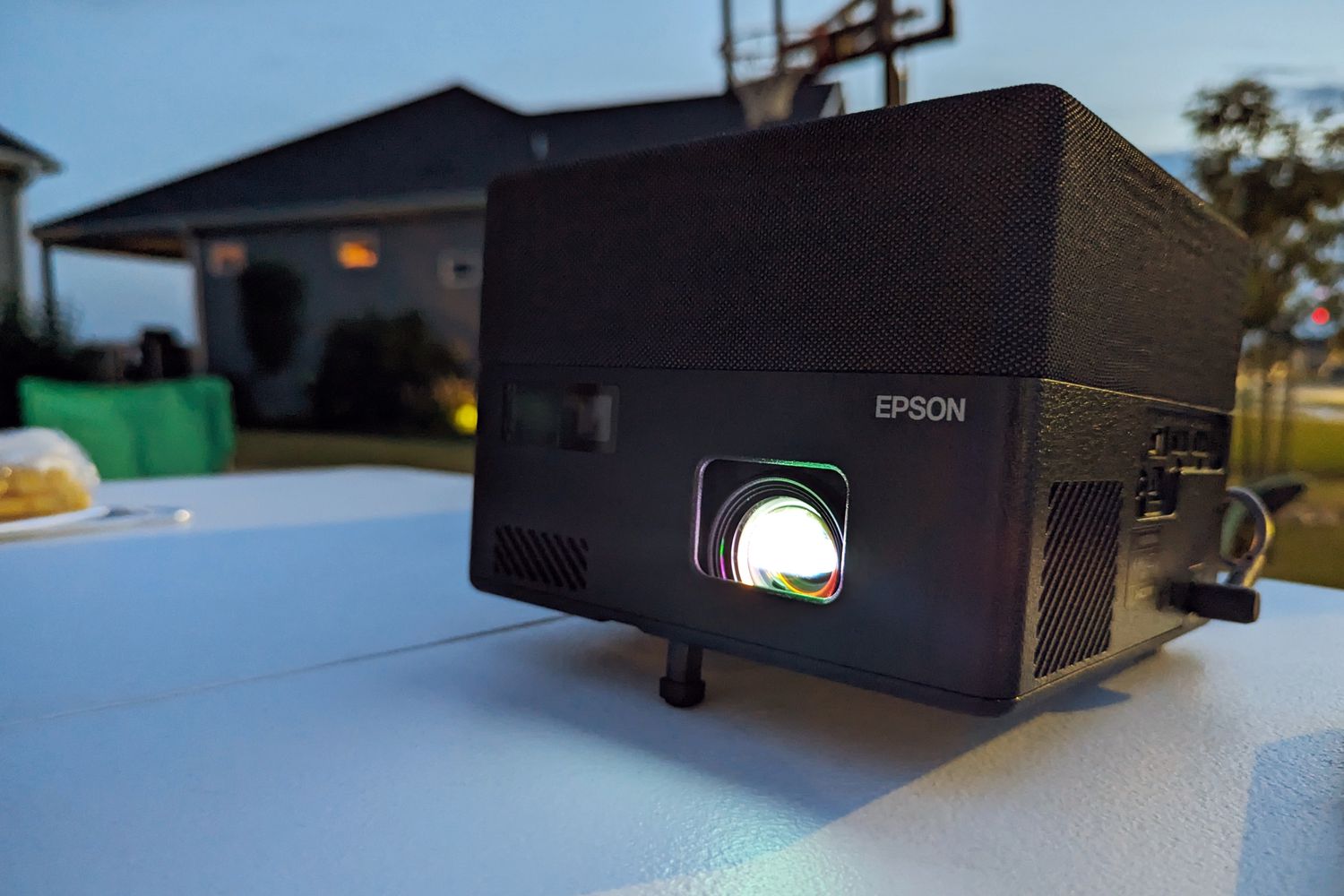
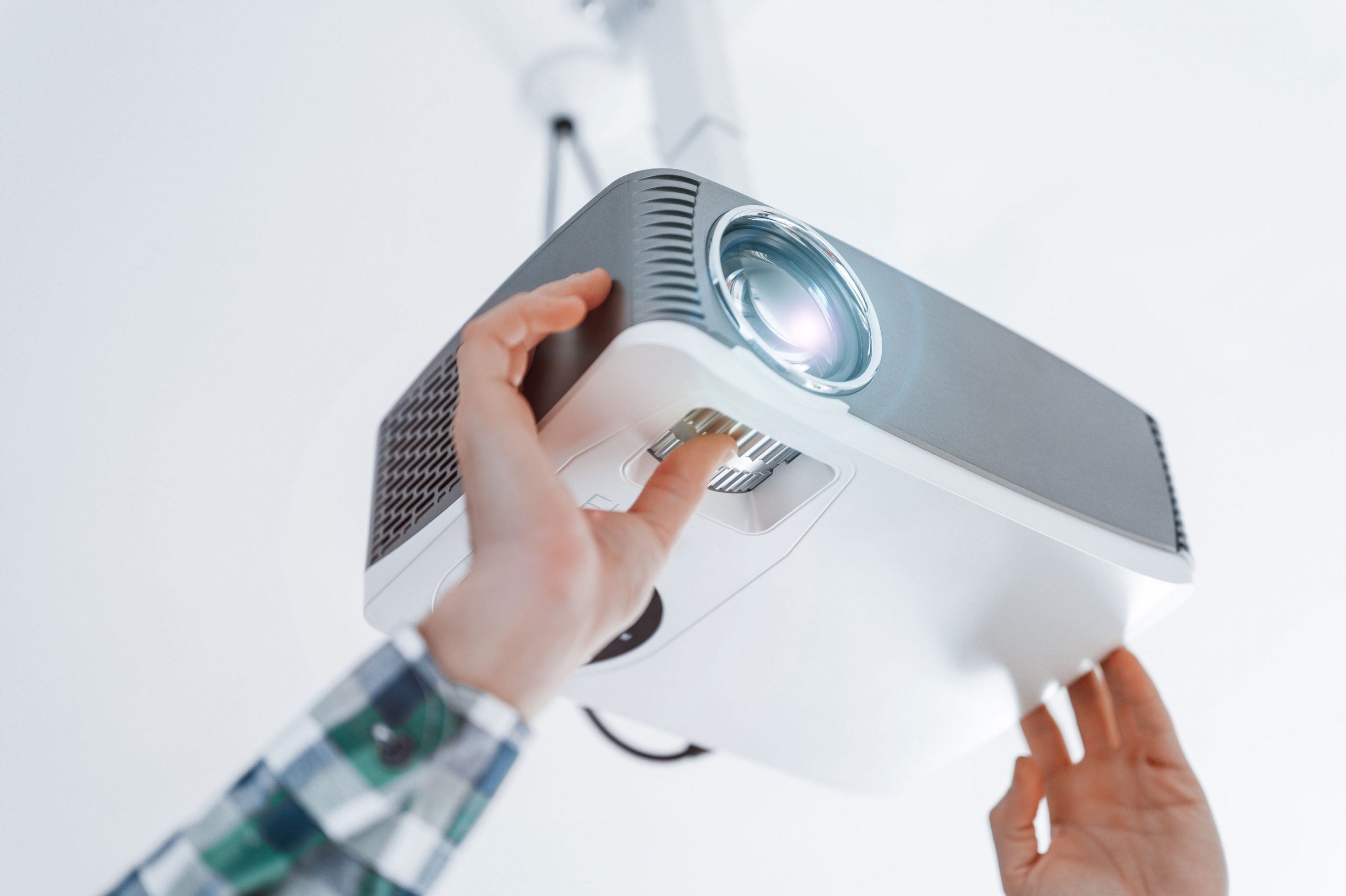
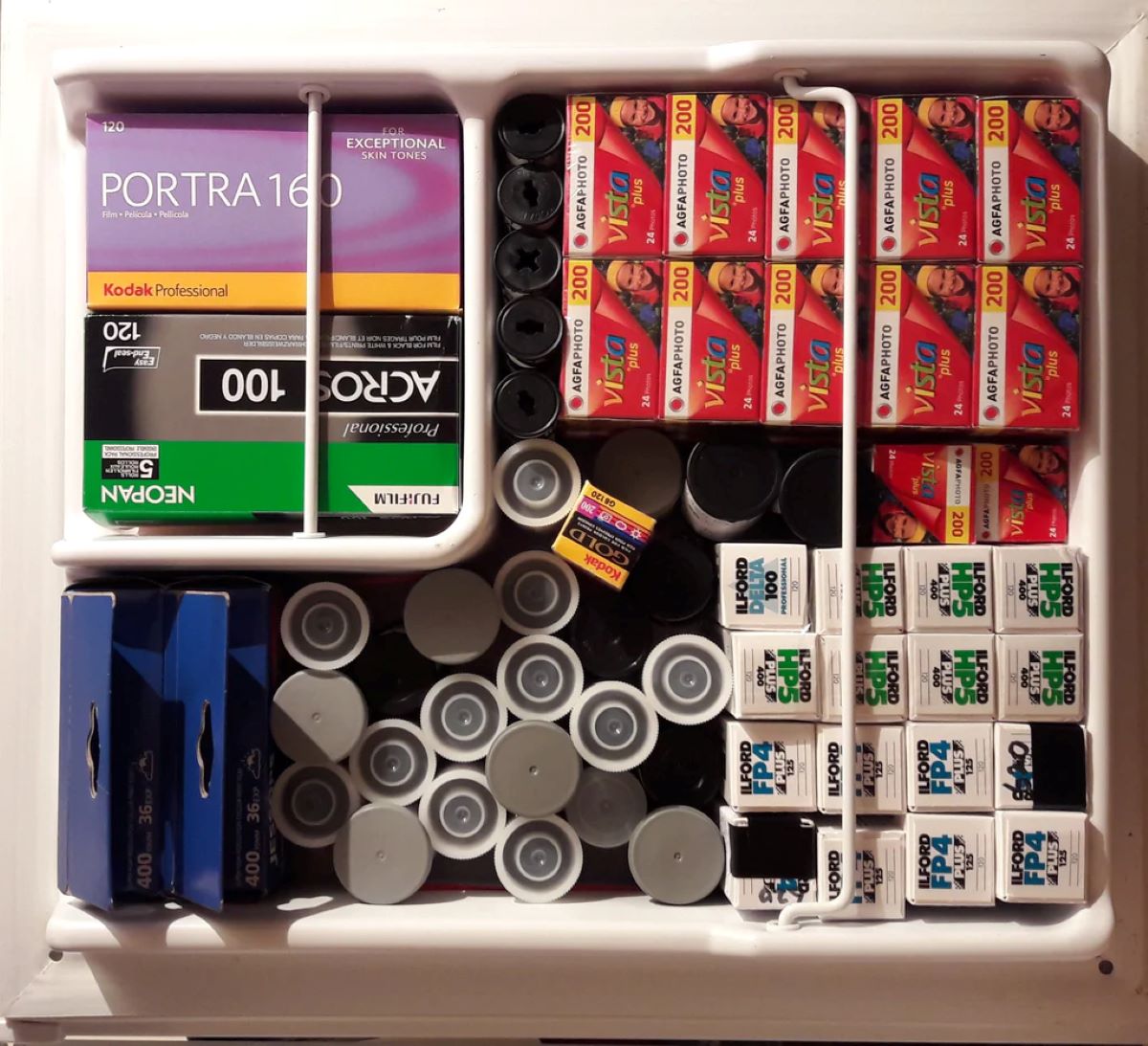
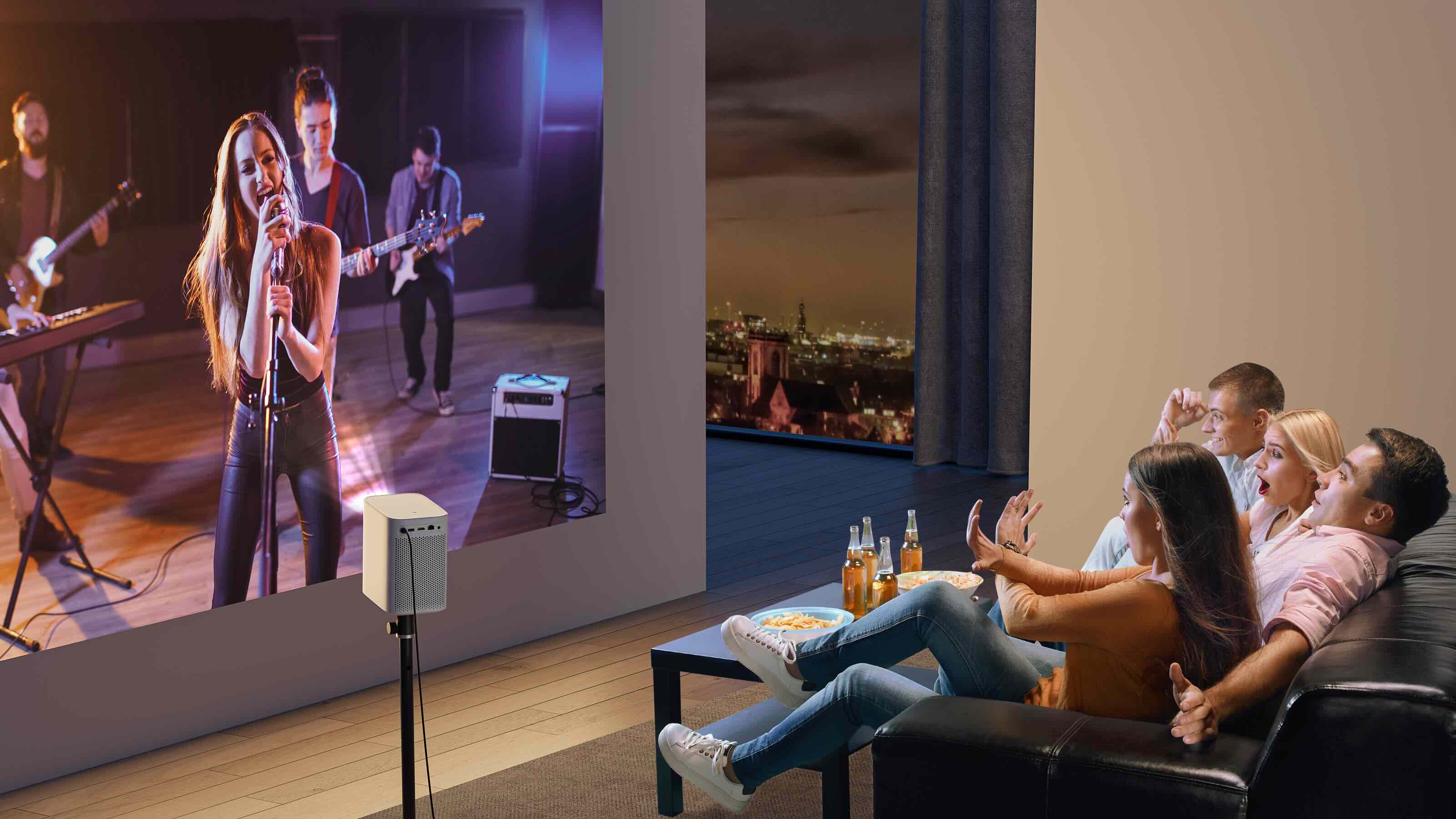
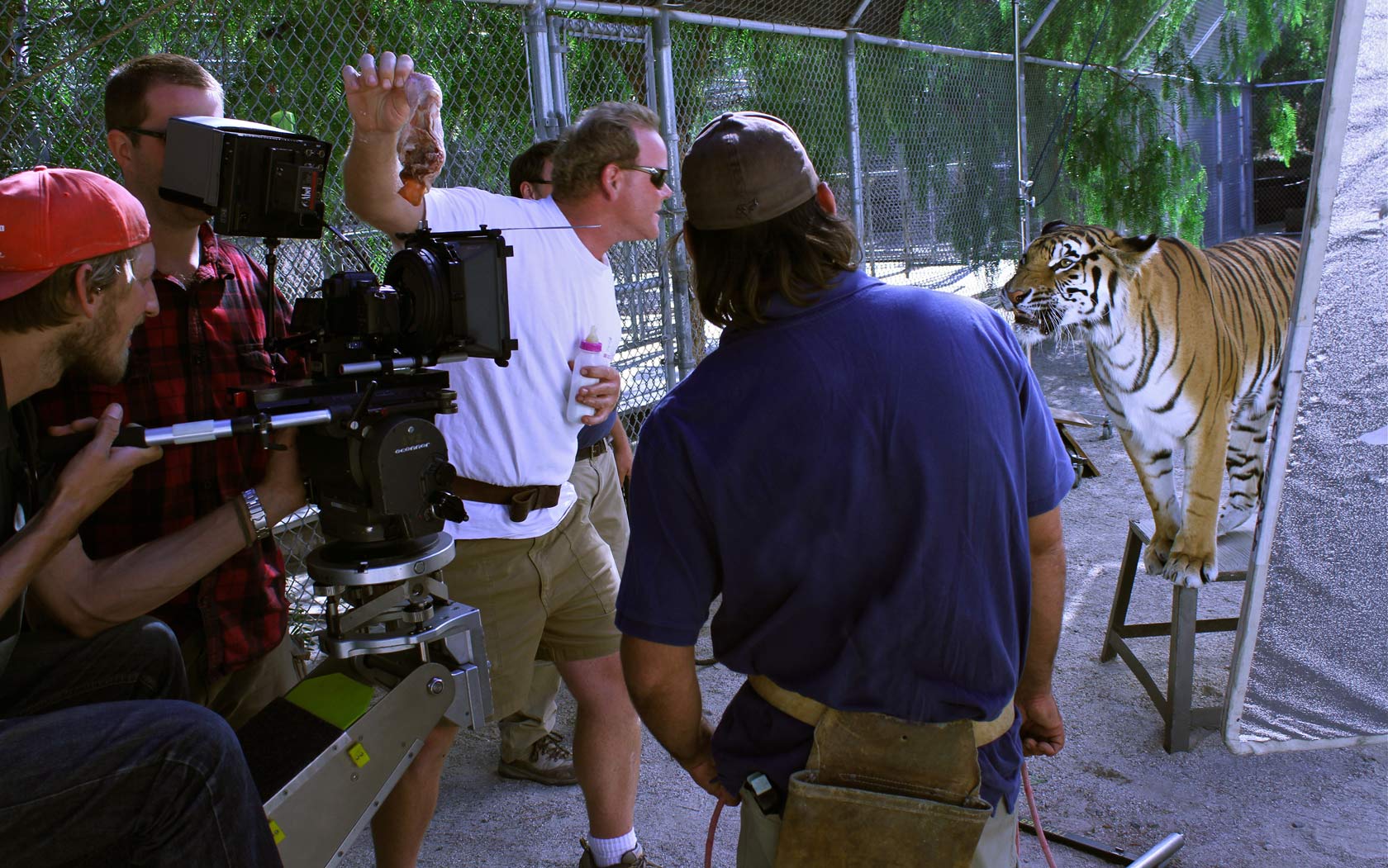


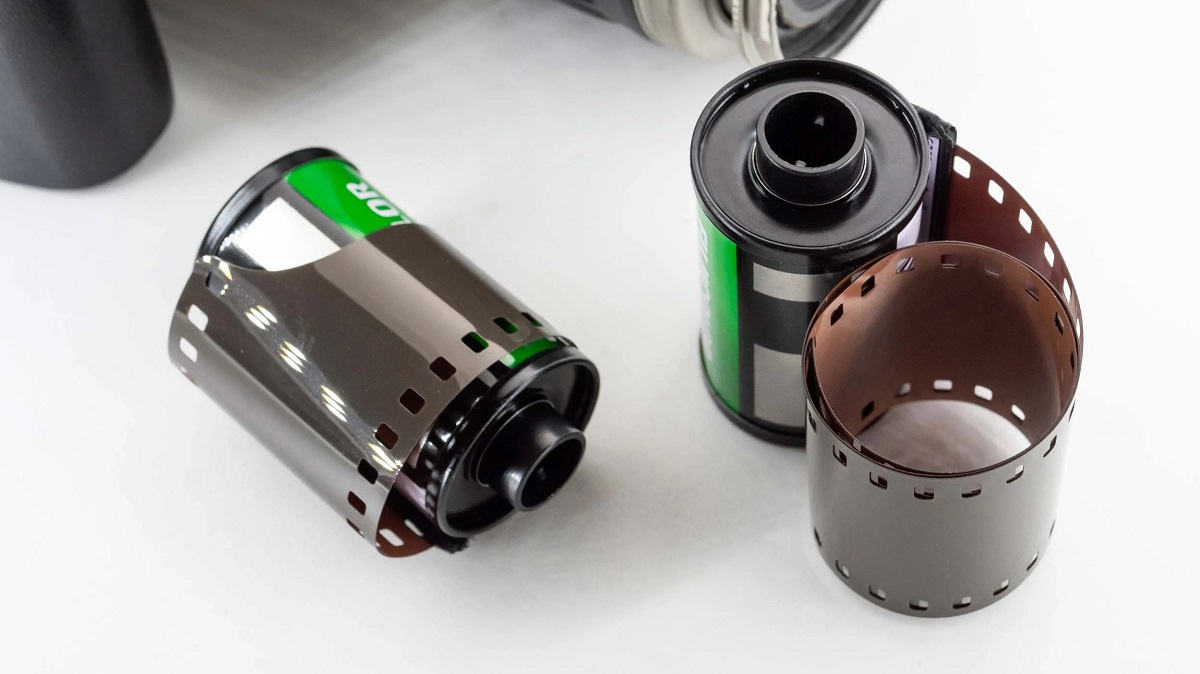



0 thoughts on “How Does A Film Projector Work”